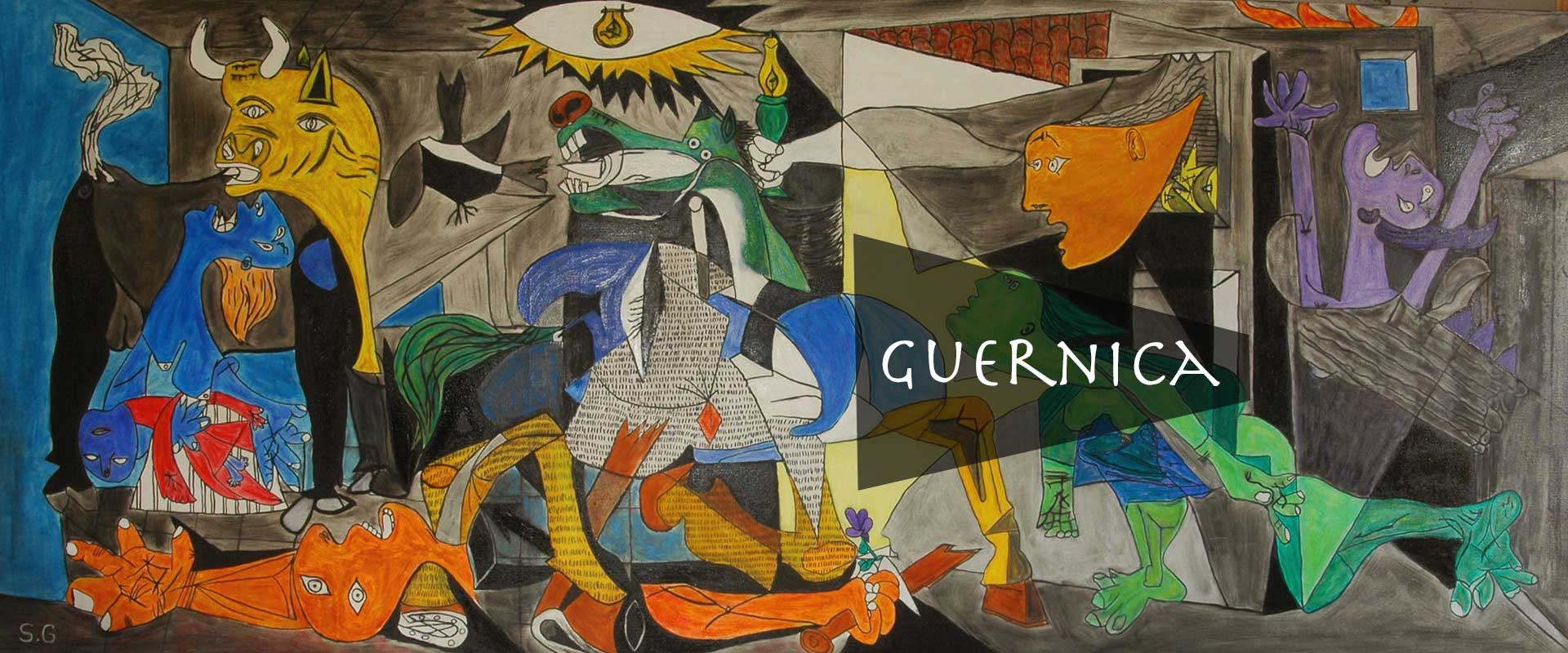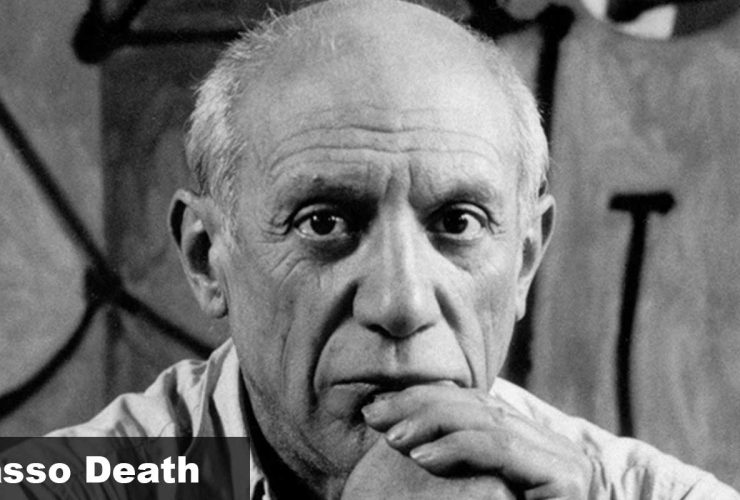The name Guernica carries two powerful meanings: a small Basque town in northern Spain, and the monumental painting by Pablo Picasso that bears witness to its suffering during the Spanish Civil War. Today, the masterpiece Guernica has become one of the most visited artworks in Spain, drawing millions of travelers to Madrid’s Museo Reina Sofía.
For visitors, a journey to see Guernica is more than an art experience—it is an emotional confrontation with history, memory, and the universal call for peace.
Guernica: The Town and the Tragedy
The Bombing of 1937
On April 26, 1937, German and Italian forces bombed the Basque town of Guernica, killing hundreds of civilians. The atrocity shocked the world and quickly became a symbol of the brutality of modern warfare.
The Birth of Picasso’s Masterpiece
Picasso, living in Paris at the time, was commissioned to create a mural for the Spanish Pavilion at the Paris World’s Fair. The bombing gave him both subject and urgency. In a matter of weeks, he produced Guernica, which became one of the most powerful anti-war paintings in history.
As explored in Guernica Painting: The Story, Context, and Global Impact, the work’s historical roots remain inseparable from its artistic impact.
Visiting Guernica in Spain
Many visitors expect the painting itself to be in the Basque town. Instead, the original Guernica is displayed in Madrid, while the town of Guernica has memorials and museums that commemorate the 1937 tragedy.
The Town of Guernica
- Peace Museum (Museo de la Paz): Explains the bombing’s history and explores the broader theme of peace.
- Assembly House and Tree of Guernica: Historic symbols of Basque identity.
- Outdoor replicas and monuments: Pay tribute to Picasso’s work and its meaning.
The Painting in Madrid
- Museo Reina Sofía: The true home of Picasso’s Guernica. Here visitors can see the monumental canvas alongside preparatory sketches, offering rare insight into Picasso’s process.
- Nearby attractions: The museum’s location in Madrid allows travelers to combine their visit with other cultural landmarks like the Prado Museum and Thyssen-Bornemisza Museum.
For more practical tips, see Pablo Picasso Artworks in Museums Around the World, which maps out Picasso’s global footprint.
Why Visit Guernica in Spain
- To stand before Guernica in Madrid and experience its overwhelming scale.
- To connect with the history of the Basque town where the tragedy unfolded.
- To explore Spain’s cultural identity through art, history, and resilience.
- To understand how a painting became a universal protest against war.
The Experience of Seeing Guernica
Size and Impact
At 11 feet tall and 25 feet wide, Guernica commands the viewer’s attention. The black-and-white palette strips away distraction, immersing visitors in raw emotion.
Symbolism in Person
- Bull: Symbol of violence or enduring strength.
- Horse: Central figure of civilian suffering.
- Mother and child: Universal grief.
- Light bulb and lamp: Dual forces of destruction and illumination.
As discussed in Picasso Guernica Painting – A Visual Analysis, seeing these symbols in person adds emotional depth.
Comparison: Guernica Town vs Madrid’s Reina Sofía
| Location | What You’ll See | Significance |
|---|---|---|
| Town of Guernica (Basque Country) | Peace Museum, monuments, replicas | Historical site of 1937 bombing |
| Madrid (Museo Reina Sofía) | Original Guernica painting, preparatory sketches | Artistic and political masterpiece on display |
This comparison shows why a complete pilgrimage often combines both locations—the town for historical memory and Madrid for artistic experience.
Travel Tips for Guernica Spain
- Book tickets early for Museo Reina Sofía to avoid long queues.
- Plan a day trip to the Basque town of Guernica if exploring northern Spain.
- Allow time for reflection—both the painting and the town demand emotional engagement.
- Explore related works like Dora Maar’s photographs documenting the creation of Guernica.
Why Guernica Remains Spain’s Cultural Icon
Picasso’s masterpiece embodies Spain’s turbulent history and universal longing for peace. It is not only Spain’s most famous painting but also a moral symbol of 20th-century history.
As highlighted in Pablo Picasso Art: How He Shaped the 20th Century, Guernica demonstrates how one work of art can influence politics, culture, and global consciousness.
For admirers, collections like Pablo Picasso Wall Art Prints allow a way to connect with the masterpiece beyond the museum walls.
Conclusion
Guernica Spain is more than a destination—it is a journey into history, art, and the human condition. Whether standing before Picasso’s monumental painting in Madrid or visiting the Basque town that endured its namesake tragedy, travelers encounter a story that continues to resonate.
Guernica is not just Picasso’s masterpiece; it is Spain’s legacy to the world, a reminder of both tragedy and resilience.
FAQs on Guernica Spain
Where is Picasso’s Guernica located?
It is housed in the Museo Reina Sofía in Madrid, Spain.
Can I see Guernica in the town of Guernica?
No, the original painting is in Madrid, but the town of Guernica has museums and memorials related to the 1937 bombing.
Why is Guernica important?
It is both an artistic milestone and a universal protest against the horrors of war.
How large is the Guernica painting?
It measures about 11 feet tall and 25 feet wide, overwhelming in its scale.
What can I see in Guernica, Spain?
Visitors can explore the Peace Museum, the historic Assembly House, the Tree of Guernica, and monuments inspired by Picasso’s painting.





